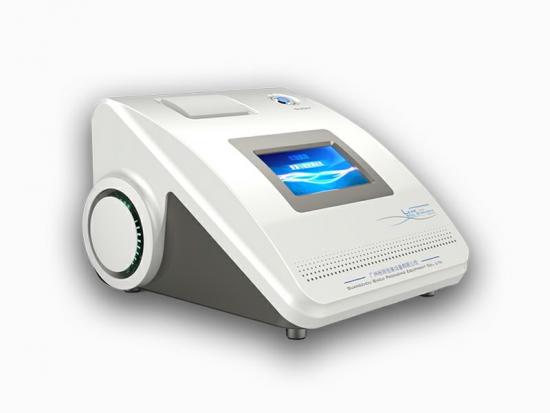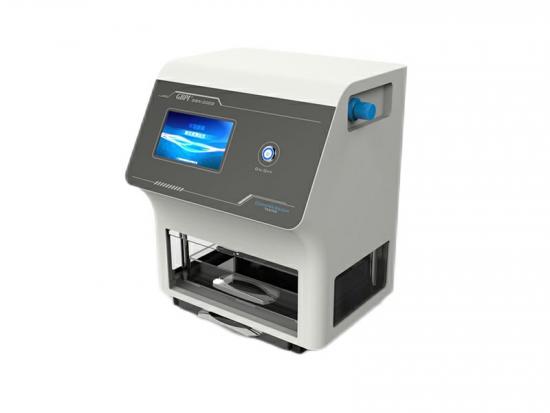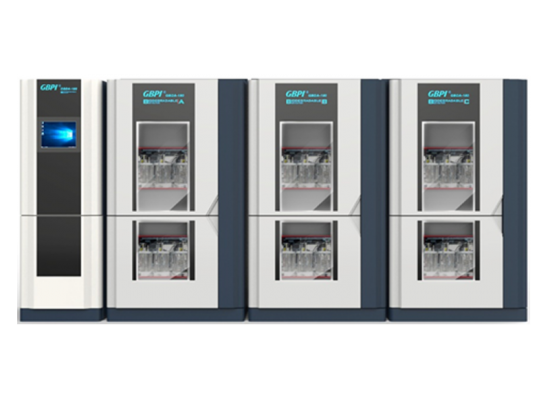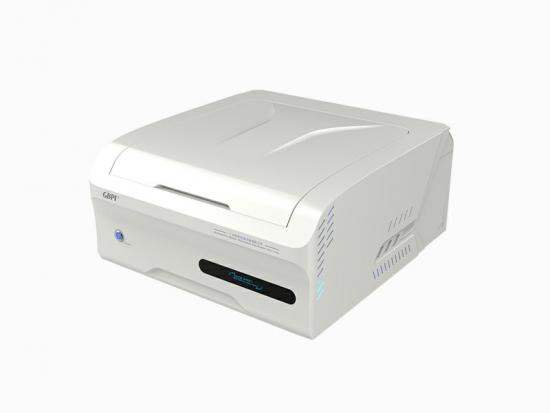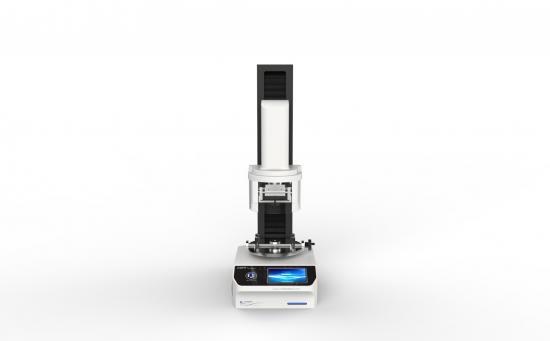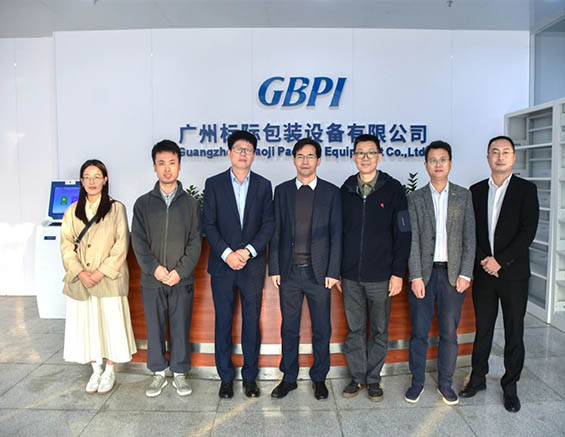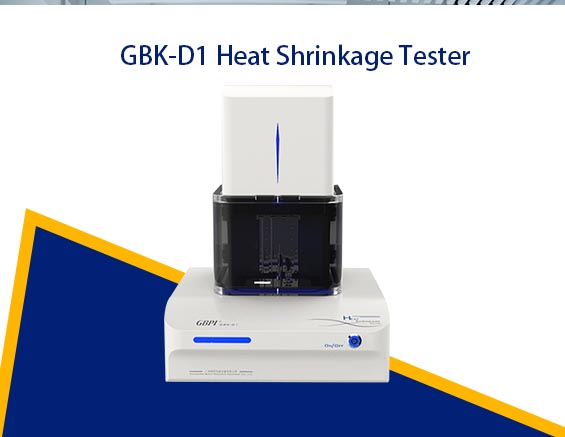GBPI Showcases Industry Leadership at FHA Singapore 2024, Strengthening Global Partnerships April 8–11, Hall 3, Booth 5B1-13 – Singapore Expo Singapore, April 15, 2024 – GBPI, a global leader in packaging solutions, or other], marked a resounding success at the 2024 Food & Hotel Asia (FHA) Exhibition in Singapore. Held from April 8 to 11 at the Singapore Expo, GBPI’s innovative showcase at Hall 3, Booth 5B1-13 drew unprecedented attention from industry professionals, reinforcing its position as a trusted partner for sustainable packaging, smart food technology, FHA 2024: A Gateway to Asia’s Thriving Food & Hospitality Sectors As Asia’s largest and most influential trade event for the food, beverage, and hospitality industries, FHA Singapore 2024 brought together over 1,500 exhibitors and 40,000 visitors from 70+ countries. The exhibition served as a dynamic platform for GBPI to connect with global buyers, distributors, and industry leaders, emphasizing trends such as automation, sustainability, and digital transformation. Against this backdrop, GBPI seized the opportunity to demonstrate its cutting-edge solutions tailored to meet the evolving needs of the Asia-Pacific market. GBPI’s Exhibition Highlights: Innovation Meets Demand GBPI’s strategically designed booth became a focal point of the event, featuring live demonstrations of its flagship products, including: -Water Vapor Permeability Tester ,Heat Seal Tester Leakage Tester Interactive displays and expert-led presentations underscored GBPI’s commitment to solving industry challenges. Visitors engaged deeply with GBPI’s team, resulting in 200+ qualified leads and 50+ immediate collaboration inquiries from markets including Singapore, Malaysia, Indonesia, Australia, and the Middle East. On-Site Success: Building Bridges, Closing Opportunities The exhibition yielded tangible outcomes for GBPI: -Partnership Agreements: Signed 12 preliminary contracts with distributors aiming to penetrate emerging ASEAN markets. -Client Engagement: Hosted 15 VIP buyers . “FHA 2024 has been a transformative platform for GBPI,” said RICHAL, Sales Director of GBPI. “The overwhelming response validates our R&D investments and deep understanding of regional market needs. We’re excited to convert these opportunities into long-term partnerships.” GBPI: Empowering Industries Through Excellence With 20 years of expertise, GBPI has established itself as a global innovator in Packaging testing equipment. Headquartered in Guangzhou Huangpu, the company operates 100 production facilities and serves clients across 40 countries. Key differentiators include: -Certifications: CNAS, CMA, and other industry-specific accreditations. -Customer-Centric Approach: End-to-end support from consultancy to after-sales service. Connect with...
View More

 info@gbtest.cn
info@gbtest.cn



 en
en ru
ru es
es ar
ar

